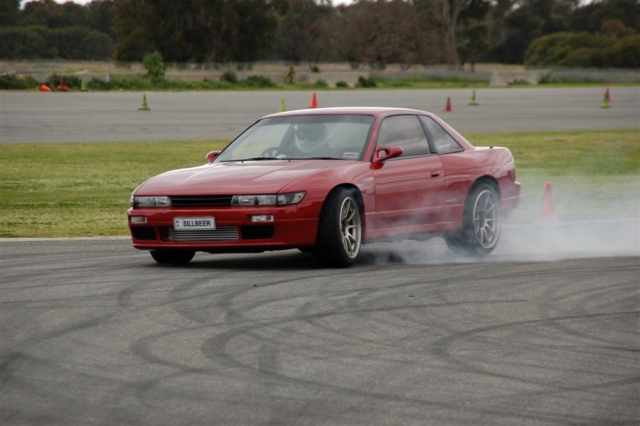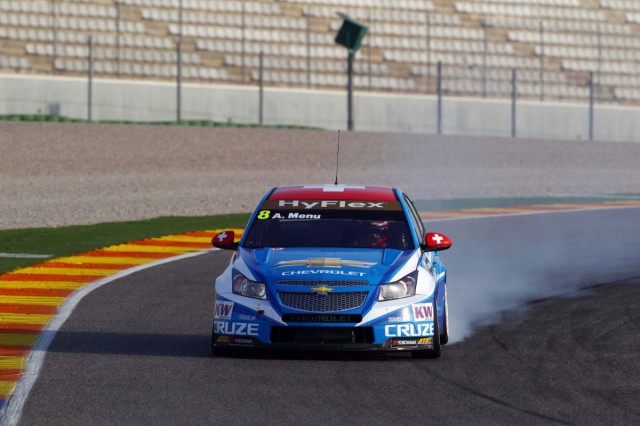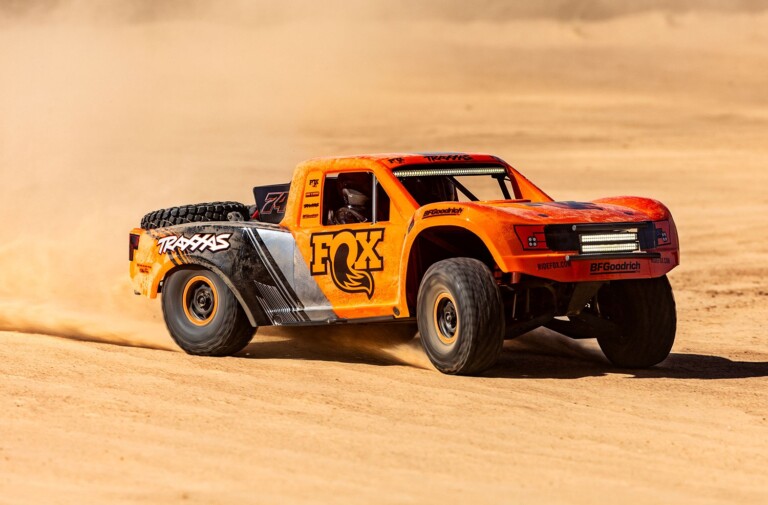The tire is where the interaction between the car and the surface of the road make contact, and it is precisely there where the action happens. It is the tire that ultimately does all the work, and in order to get the most out of it, one has to understand the limitations of that stout, rolling band of rubber. With a thorough comprehension of the constraints of the tire and how to best utilize the limited performance over the course of a race, a keen driver can and will go far.
One of the pitfalls a young driver encounters in their early career is a charge that ends their race prematurely. As young men and women can be impatient and aggressive, going for that fast lap is an alluring prospect, but if it destroys the tires in the process, it can hamper their race-long progression. In qualifying, that extra bit of gusto can be useful, but over the course of an hour, one has to be sensitive and sympathetic to the machinery and the tire to perform.
Tires require some respect, and often the quickest race pace comes as the result of a vigilant consideration paid to the rubber supporting the car. Average speed means a minute sacrifice of pace, and some sub-threshold driving on occasion, but it can be attained with a calm, cool mindset, smooth driving, some restraint and some experience. Importantly, it doesn’t mean one has to reduce their pace much, but it does mean that some attention must be paid to the tire: can this sort of driving be supported over the next twenty laps? When driving on one’s own, it is easier to do granted they have the right feel for the tire, but often there are other factors which come into play.
In battling with an opponent or overtaking a pesky backmarker who isn’t too far off one’s pace, tires tend to get worn strongly. Dicing back-and-forth, finding the gap, braking off-line or running over the marbles to overtake can all be problematic. For instance, a charge in the heat of the moment can prematurely wear the tires and running onto the debris and marbles seriously increases the chance of a big lock-up. Lock-ups tend to get exacerbated as the race wears on, and a flat-spotted tire is not only irritating and distracting, but it lowers the limit.
Some drivers, like Alain Prost, would conserve their tires early in the race, when they weren’t quite at operating temperature and fuel loads were high. Sure, a gap over the field in the first few laps can serve a driver well, but if it entails ruining the tires in the process, it isn’t always ideal. Prost could use his smooth driving to conserve his outright performance until the end of the race, where his overall performance allowed him to pass the hard chargers now floundering around on worn rubber.

By braking and turning in, the front tires are overcome and forced to lock, resulting in understeer.
Ultimately, a canny driver knows how to get the most of the tires over the course of the entire race. They can drive fast without sacrificing much long-term pace, and it’s not easy to do. It requires patience, a delicate touch, and an understanding of the compound. It plays heavily into strategy, and should serve the studious drivers well — tire conservation is one department in which brains always trump sheer bravery.




















